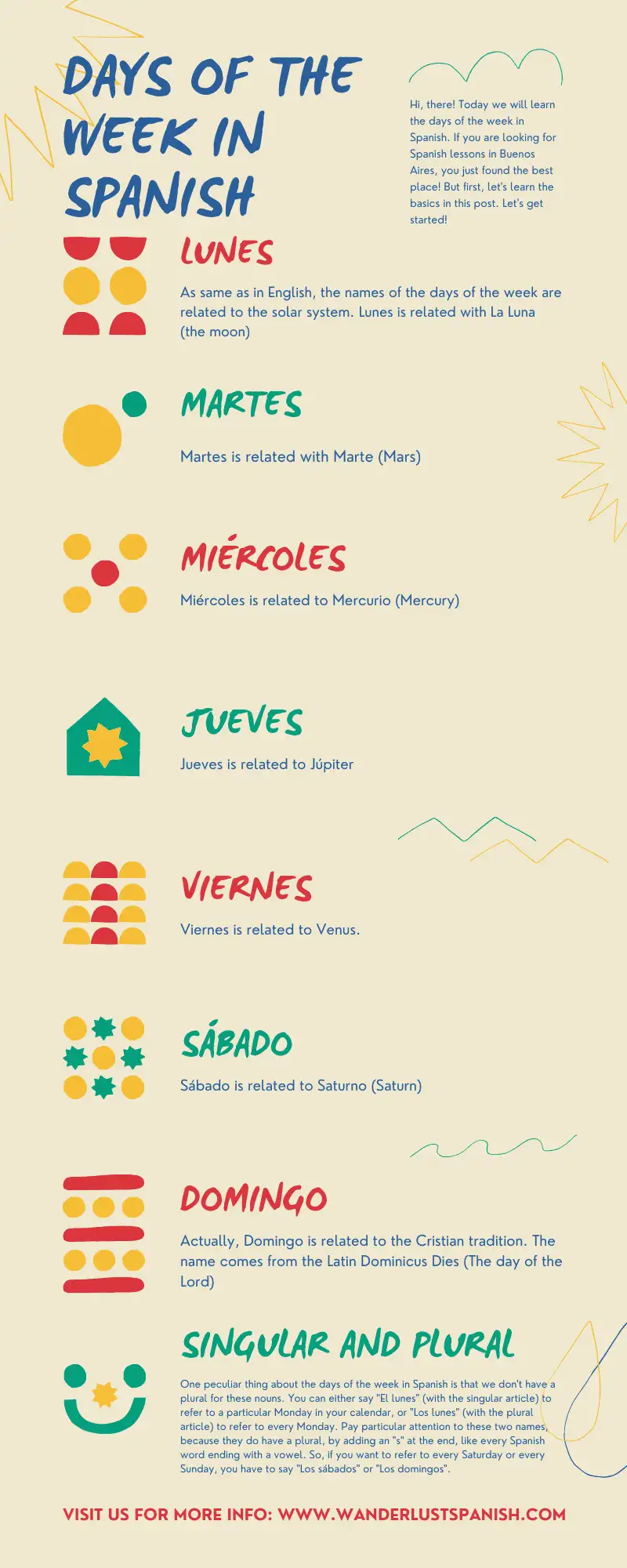Welcome to my blog on how to end a letter in Spanish. I’m excited to share with you some tips on how to close your letters in a proper and appropriate way.
When writing a letter, the ending is just as important as the beginning and body of the letter. It leaves a lasting impression on the reader and helps to create a sense of closure. In Spanish, there are many ways to end a letter, and the choice you make can depend on a variety of factors, including your relationship with the recipient and the purpose of the letter.
Here’s a list of some common ways to end a letter in Spanish:
Formal:
- Atentamente (Sincerely)
- Cordialmente (Cordially)
- Saludos cordiales (Warm regards)
- Le saluda atentamente (Yours faithfully)
Neutral:
- Un saludo (A greeting)
- Sin más (Without further ado)
- Quedo a la espera de su respuesta (I look forward to hearing from you)
- Agradecido de antemano (Thank you in advance)
Informal:
- Un abrazo (A hug)
- Besos (Kisses)
- Con cariño (With love)
- Hasta pronto (See you soon)
Remember that the choice of closing can depend on the context and relationship with the recipient. Choose a closing that suits the tone and purpose of your letter.
Firstly, it’s important to consider the context of the letter. If you’re writing a formal letter, such as a business letter or a letter to a professor, you may want to use a more formal closing. “Atentamente” is a common formal closing in Spanish, which translates to “sincerely” in English. Other formal options include “Cordialmente” (cordially) and “Saludos cordiales” (warm regards).
On the other hand, if you’re writing a letter to a friend or family member, you can be a bit more casual in your closing. “Un abrazo” (a hug) or “Besos” (kisses) are commonly used to close letters between friends and family.
If you’re unsure about which closing to use, “Un saludo” (a greeting) is a safe and neutral option that can be used in both formal and informal contexts.
In addition to the closing, it’s also important to include a farewell or farewell message in your letter. This can be a simple “Hasta pronto” (see you soon) or “Que tengas un buen día” (have a good day).
In conclusion, the way you end your letter in Spanish can greatly impact the impression you leave on the recipient. It’s important to consider the context of the letter and your relationship with the recipient when choosing a closing. And don’t forget to include a farewell message to bring your letter to a close. With these tips, you’ll be able to end your letters in Spanish with confidence and style. ¡Hasta la vista!









